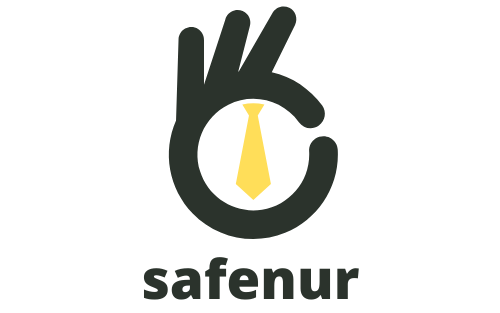
Introduction:
In today’s society, discussions about student loan forgiveness programs, repayment options, and the tremendous impact student loans have on personal finances are increasingly common, especially among younger student loan demographics It delves into multifaceted scales, examining the complex interplay of forgiveness initiatives, repayment options, and student loans and personal finance
Understanding the student loan situation:
Before you delve deeper into forgiveness programs and repayment options, it’s important to understand the current state of student loans. In recent decades, the cost of attending college has increased, outpacing inflation and wage growth. As a result, students are increasingly relying on loans to finance their education, resulting in a staggering accumulation of debt. According to Federal Reserve estimates, the cost of outstanding student loans in the United States will top $1.7 trillion by 2021, a figure that continues to grow unabated.

Student loan forgiveness program:
One of the most important ways to reduce the student loan burden is through forgiveness programs. These provisions aim to ease the financial pressure on borrowers by partially or completely writing off their outstanding loans in certain cases. Some of the most notable forgiveness programs include the Public Service Loan Forgiveness (PSLF) program, which works for relief for borrowers
Requirements Public services, such as government agencies and non-profit organizations. However, the PSLF program has faced criticism for its stringent eligibility requirements and high denial rates, leaving many borrowers frustrated.
Another form of forgiveness to obtain a deduction is income-based repayment plans, which forgive the outstanding debt after a certain period of time (usually 20 or 25 years) if depending on the borrower’s income and family size. potentially raising concerns about moral hazard and long-term financial sustainability
Repayment options: In addition to forgiveness plans, borrowers have access to a variety of repayment options tailored to their financial situation with fixed monthly payments fixed over a fixed period of time, usually 10 years, and provides a clear timetable for repayment of loans but the possibility of default , especially of low amounts -Causes severe financial distress those who have,
Alternatively, an extended repayment schedule extends the repayment term beyond the standard 10-year term, reducing the monthly payments but leaving all interest payments on credit the lifetime of the increases. A graduated repayment plan begins with a minimum monthly payment that gradually increases over time, making it suitable for borrowers who expect their income to steadily increase
Additionally, refinancing and consolidation allow borrowers to pay off their loans more efficiently by consolidating multiple loans into one more manageable loan with potentially lower interest rates but perhaps refinancing will not suit everyone, as it often involves sacrificing the benefits of public debt, Additionally, refinancing and consolidation allow borrowers to pay off their loans more efficiently by consolidating multiple loans into one more manageable loan with potentially lower interest rates but perhaps refinancing won’t suit everyone, as it often sacrifices federal loan benefits, such as income-based repayment programs and forgiveness options
Impact on personal finances: The consequences of student debt extend beyond higher education, affecting individuals’ personal finances and broader economic development For many borrowers, student loans represent financially a heavy burden that hinders their ability to reach basic milestones such as buying a home, starting a family and saving for retirement It exacerbates inequality and can stifle productivity and innovation.
Additionally, the psychological toll of carrying large student debt can be overwhelming, causing stress, anxiety, and even depression in borrowers The specter of debt repayment looms large for many individuals, .
shaping their career choices and lifestyle decisions, while seeking to balance financial obligations with personal aspirations.
Policy implications and future directions: Addressing the student debt crisis requires a multi-pronged approach that combines policy interventions, institutional change, and broader social change. Policymakers need to find innovative solutions to make higher education affordable and accessible, while also providing meaningful relief to current borrowers burdened by student debt. This may include expanding the forgiveness program, improving repayment options, and rethinking the role of private lenders in the student loan market
Additionally, efforts to promote financial literacy and empower borrowers with the knowledge and tools to manage their loans responsibly are important. By equipping individuals with the skills to manage challenging student debt, we can help reduce the negative impact of student debt on individual finances and create a more financially resilient society.
Conclusion: Discussions about student loan forgiveness programs, repayment options, and the impact of student loans on personal finances underscore the urgent need for comprehensive higher education finance reform . . . . As millions of borrowers swallow the burden of student debt, it is imperative that we find innovative solutions to relieve their financial stress and pave the way for a more equitable and prosperous future. By addressing the root causes of the student loan crisis and empowering individuals to make informed financial decisions, we can pave the way for greater economic opportunity and social progress for generations to come.
